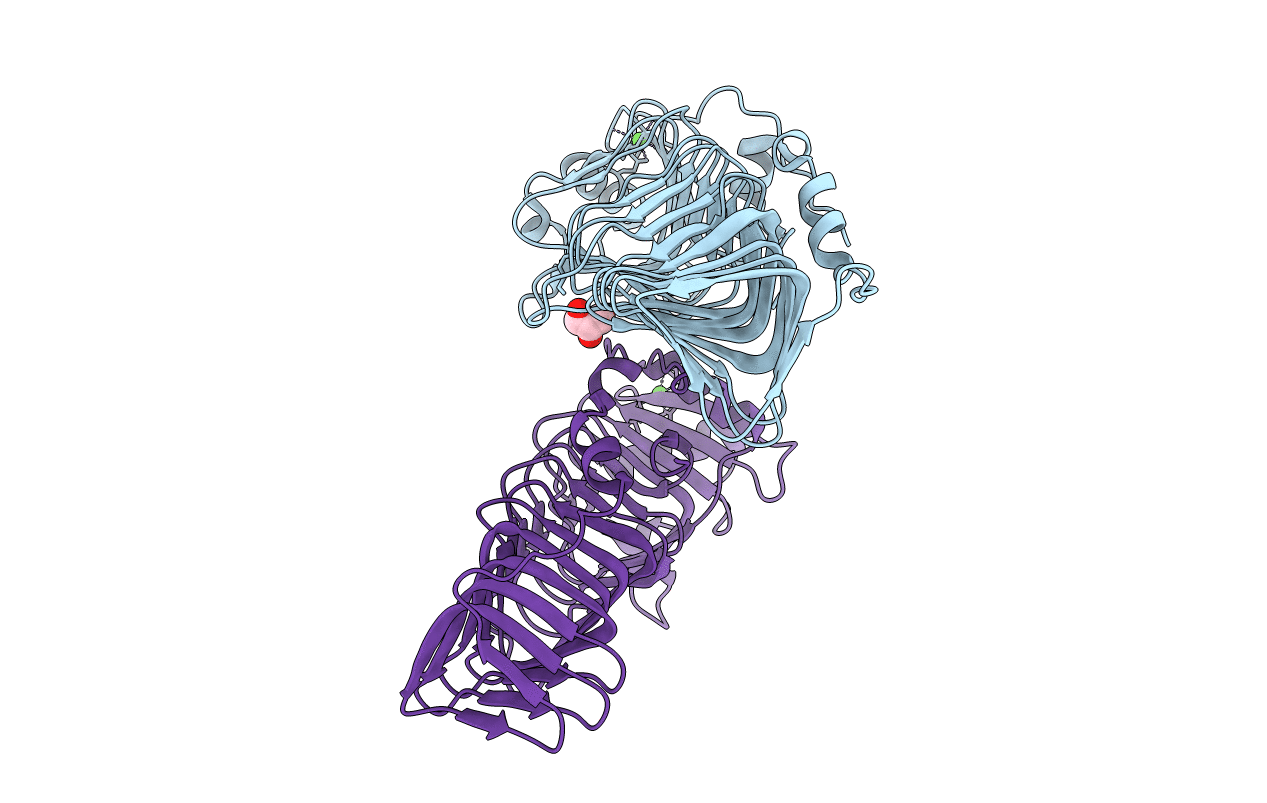
Deposition Date
2018-11-12
Release Date
2018-12-19
Last Version Date
2023-10-11
Entry Detail
PDB ID:
6N2B
Keywords:
Title:
The Crystal Structure of Caldicellulosiruptor kristjanssonii Tapirin C-terminal domain
Biological Source:
Source Organism:
Host Organism:
Method Details:
Experimental Method:
Resolution:
2.65 Å
R-Value Free:
0.25
R-Value Work:
0.18
R-Value Observed:
0.18
Space Group:
P 21 21 21


